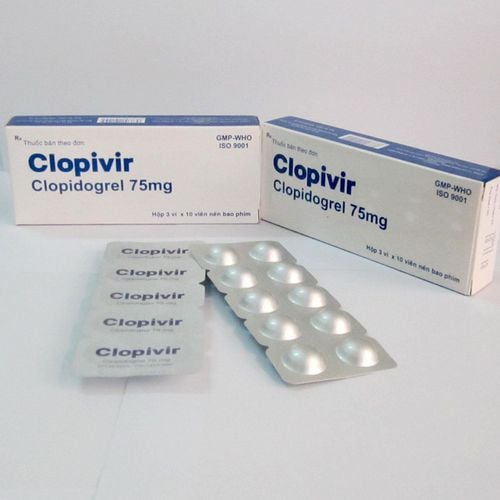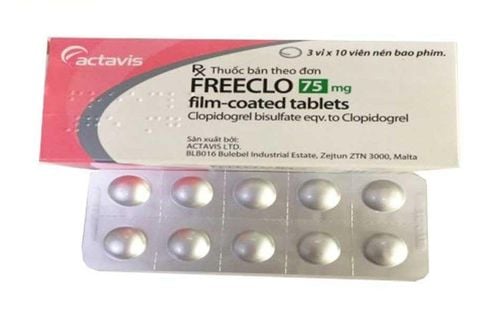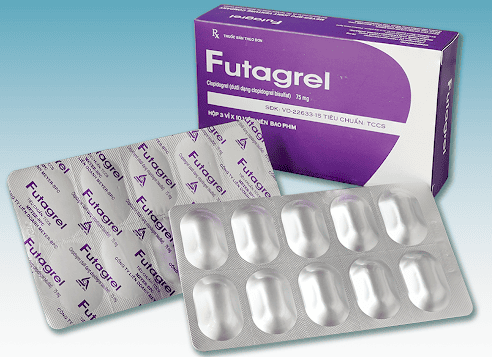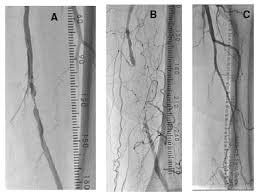This is an automatically translated article.
The article is professionally consulted with Master, Doctor Bui Tien Dat - Emergency Department - Vinmec Hai Phong International General Hospital.Ischemic extremity syndrome is a term used to describe all patients with signs of anemia, wound, infection, or neuropathy developing in the lower extremities. This syndrome needs to be examined and treated promptly.
1. What is ischemic limb syndrome?
Ischemic limb syndrome, also known as chronic threatening limb ischemia, is a severe progressive stage of peripheral artery disease (PAD). This syndrome is associated with increased risk of amputation and reduced quality of life, even death.2. Classification of limb ischemic syndromes
Ischemic limb syndromes are often the result of a variety of conditions, leading to narrowing or blockage of the arteries that supply blood to the extremities. Depending on the degree of ischemia to the extremities, this syndrome can be divided into chronic anemia syndrome and acute anemia syndrome.2.1 Acute limb ischemic syndrome
This is a phenomenon in which the normal blood flow in the large arteries supplying the extremities is suddenly blocked, leading to acute ischemia to the lower extremities. Usually, acute anemia develops very quickly and is severe, so this is also the number 1 emergency priority in surgery.Causes of acute lower extremity ischemic syndrome include:
There is a blood clot or a foreign body that moves from another part to the artery, causing an artery blockage. This is a common cause of acute lower extremity ischemic syndrome. Due to local formation of thrombus in the extremity artery, it usually occurs in a single artery and is less common.
2.2 Chronic limb ischemic syndrome
Unlike acute ischemic syndrome, chronic limb ischemia develops slowly and silently, narrowing the artery over time until it becomes completely blocked. So the circulatory system still has enough time to partially compensate for the anemia.Causes of chronic lower extremity ischemic syndrome are many, however, the most common cause is the formation of atherosclerotic plaques.
Several other risk factors also increase the likelihood of chronic lower extremity anemia:
Smoking: more than 12-15 cigarettes per day. This is a direct influence factor; Stress; Have a history of atherosclerosis (previous atherosclerosis in the coronary arteries or other organs); Overweight – obesity; Lipid metabolism disorders, diabetes mellitus, hyperuricemia;

2.3 Subacute limb ischemic syndrome
This is an intermediate form between the two ischemic syndromes mentioned above, often presenting as an acute ischemic state on the background of chronic ischemia, e.g. acute arterial occlusion, arterial stenosis. atherosclerotic plaque... Subacute limb ischemic syndrome is rare in practice.3. Symptoms of ischemic limb syndrome
3.1 Acute ischemic syndrome
The cause of this syndrome is mainly due to arterial occlusion or blockage of arteries (from foreign bodies, blood clots...). Therefore, patients may experience some of the following acute symptoms:Stroke : sudden loss of initiative in normal lower extremity movement; Numbness, coldness and loss of sensation in the extremities. After a while, you will feel a complete loss of sensation; Skin color becomes pale and feels cold to the touch; Sensory disturbances, movement disorders; Edema and muscle pain (usually present during the stage of irreversible ischemia). Usually, these symptoms will be distributed according to each stage of anemia:

3.2 Chronic lower extremity ischemic syndrome
When you have chronic ischemia of the lower extremities, you will have a feeling of pain again and again (feeling similar to cramping, or being bitten, having clamps on the limb...) forcing the patient to stop moving. . However, these signs will disappear on their own after rest.The most common site of pain is in the calf area, but it can also occur in the buttocks and thighs.
Depending on the degree of anemia, the duration of pain may vary. The more severe the anemia, the shorter the distance traveled and the more rest you need.

4. How to treat ischemic limb syndrome?
4.1 Acute limb ischemic syndrome
Surgery to remove the foreign body and restore blood flow in the artery. When there are signs of anemia that is not completely reversible (muscle stiffness, water burns, purple-black limbs with signs of necrosis, etc.), amputation should be performed.4.2 Chronic ischemic syndrome of lower extremities
At the onset of clinical signs of ischemic limb syndrome, the patient should be referred to the cardiology department to perform biological tests and diagnose the location and extent of arterial damage.Usually, chronic lower extremity ischemia will be treated according to medical direction:
Limit the progression of atheroma by limiting risk factors (psychological, drug...); Avoid contact with hot objects and avoid foot infections; Use of certain vasodilators, anticoagulants, sympathomimetic; Limit the use of intravenous drugs. In addition, the disease can also be caused by some necessary surgery when recommended by the doctor.
Thus, ischemic syndrome of the extremities (more specifically the lower extremities) causes the patient a lot of difficulties in daily activities and more seriously can lead to limb loss. Therefore, you need to go to the doctor as soon as the clinical symptoms appear in order to detect and treat the disease promptly.
Please dial HOTLINE for more information or register for an appointment HERE. Download MyVinmec app to make appointments faster and to manage your bookings easily.














